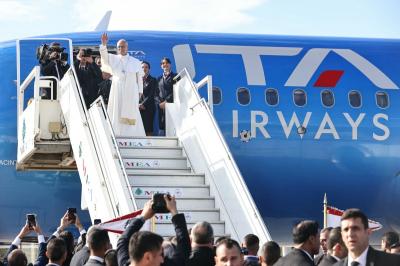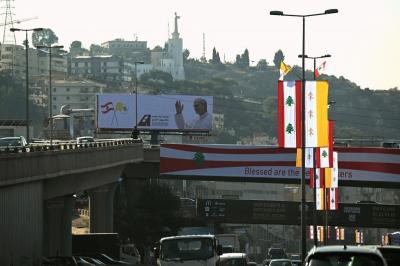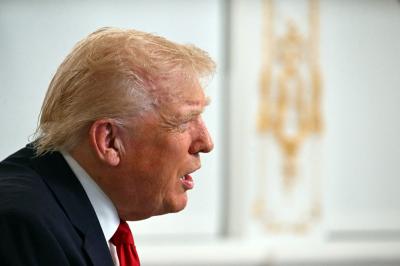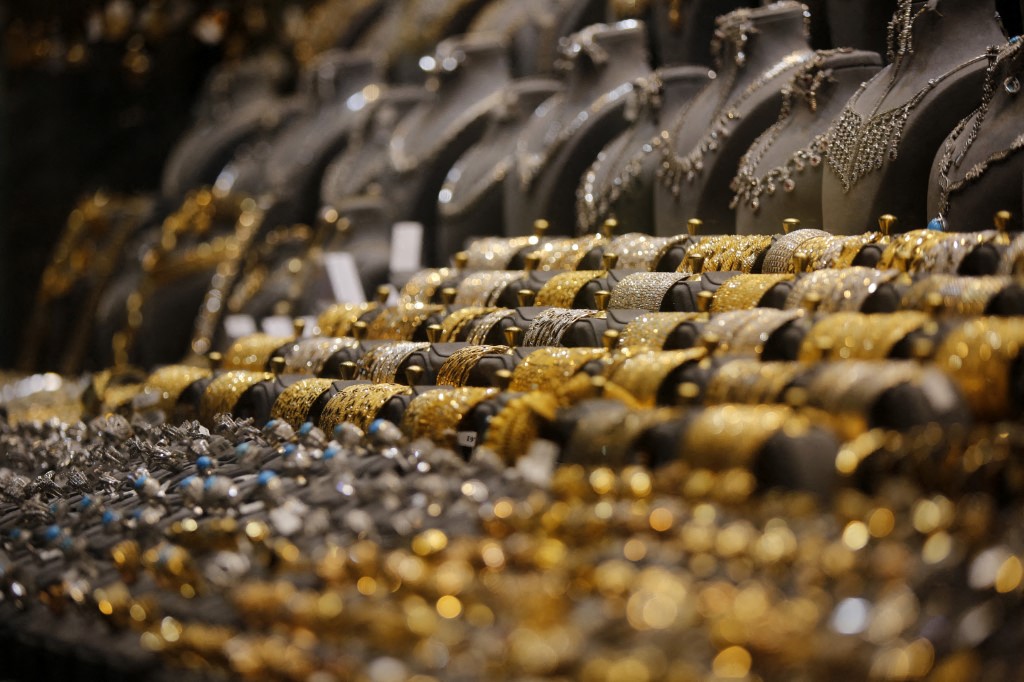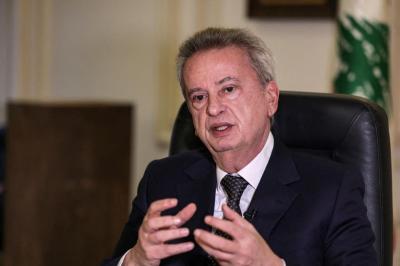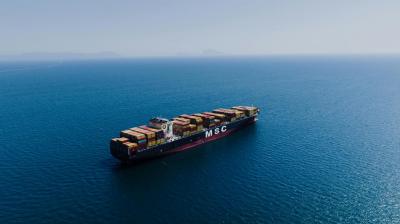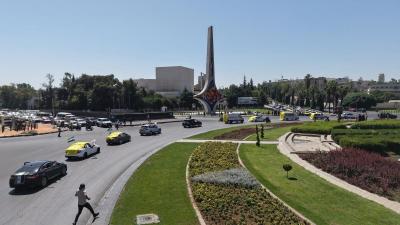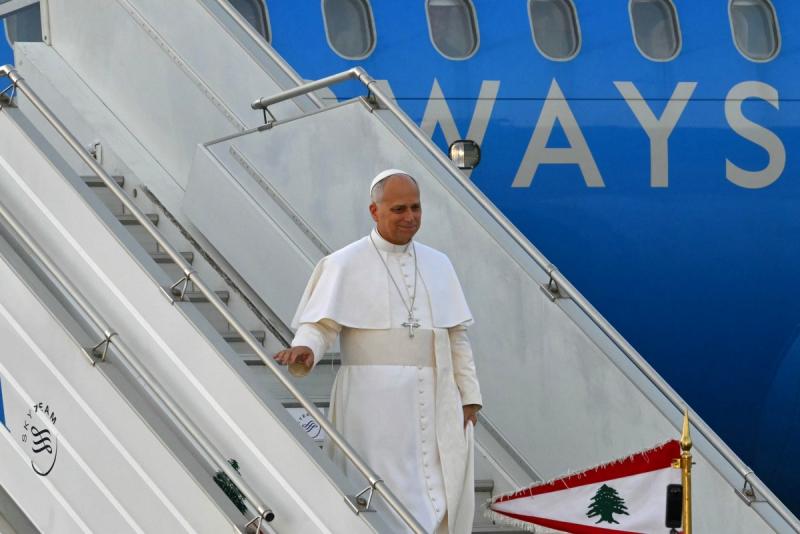Lebanon’s gold reserves, held by the Central Bank, give a fragile aura of stability and reassurance to an otherwise grim economic crisis. Yet, despite the precious metal’s surging value, gold has never been—and will never be—Lebanon’s salvation. True recovery begins with acknowledging the collapse, assuming responsibility, and launching serious reforms. As a Russian proverb reminds us, “There is something more valuable than gold: the truth.”
The steady rise in global gold prices has revived interest in Lebanon’s gold holdings—accumulated “gram by gram” since the mid-20th century. Calls to sell or utilize the reserves no longer come only from citizens or analysts, but also from lawmakers. A draft law currently before Parliament, titled “The Sale of Lebanon’s Gold Holdings,” seeks authorization to dispose of part of the Central Bank’s gold. The question returns: Is it time for Lebanon to cash in its gold?
How Much Gold Does Lebanon Have?
According to the latest survey conducted in 1996, Lebanon owns roughly 9,222,437 ounces of gold, one-third of which—about 3.7 million ounces—is stored in the United States, with the rest kept in Beirut. In November 2022, former Central Bank Governor Riad Salameh reaffirmed, following an audit, that the amount and quality of gold in the Bank’s vaults exactly matched the official records. However, doubts persist. The identity of the auditing firm was never disclosed (after KPMG declined the task), and no detailed inventory distinguishing between bars, coins, and jewelry was published.
Assuming the total holdings remain at approximately 9.2 million ounces, and with gold currently trading at around $3,960 per ounce, Lebanon’s gold reserves would now be worth $36.5 billion. That’s a dramatic increase of $22.8 billion since the start of the country’s financial collapse: at the end of 2019, when gold was worth about $1,500 per ounce, the same reserves were valued at roughly $13.7 billion.
The Risks of Using the Gold
Today, Lebanon’s gold represents almost half of the financial gap in its banking sector—estimated at $76 billion. Adding to this the Central Bank’s foreign currency reserves (around $11.7 billion) and the state’s “account 36” (valued at $8 billion), one might imagine that the crisis could be solved by compensating depositors. Yet experts warn that tapping these reserves would be reckless for several reasons:
— A continued rise in global gold prices is expected, fueled by a weakening U.S. dollar and growing geopolitical risks. The United States prints roughly $1 trillion every 90 days, raising fears of devaluation and driving investors toward safe-haven assets like gold. As central banks increasingly replace paper reserves with bullion, some analysts predict gold could reach $5,000 per ounce by the end of 2026, potentially pushing the value of Lebanon’s gold above $46 billion.
— Gold moves inversely to U.S. interest rates. With expectations of rate cuts on the horizon, gold prices are likely to continue climbing.
— Lebanon’s lack of transparency and governance makes any move risky. Although Parliament passed several anti-corruption laws—such as those on whistleblower protection, access to information, and illicit enrichment—implementation has been negligible. The National Anti-Corruption Commission remains largely paralyzed, leaving both domestic and international actors skeptical that Lebanon can responsibly manage an asset as valuable as gold.
— Lebanon’s poor record in managing public funds further undermines confidence. The country squandered $1.1 billion in IMF Special Drawing Rights (SDRs), which could have financed power plants or local pharmaceutical industries. Instead, the funds vanished into temporary subsidies—just as $11 billion of depositors’ money and $2.5 billion from the Central Bank’s “Sayrafa” platform did.
— Selling gold to offset banking losses or compensate depositors could anger international creditors—especially Eurobond holders—who may respond by filing lawsuits in New York courts to seize or freeze Lebanon’s gold, particularly the portion held abroad.
In the current context, every proposed use of Lebanon’s gold risks leading to its loss. Selling it would deprive the country of future gains if prices continue to soar. Pledging it as collateral through “repurchase agreements” could result in forfeiture if Lebanon fails to meet repayment deadlines. Leasing it on the global market at the “Gold Lease Rate” would yield only marginal returns compared to the scale of the financial crisis.
Most dangerously, without real reforms, any proceeds from gold transactions would likely disappear into the same black hole that swallowed previous rescue funds. In the absence of transparency, accountability, and political will, Lebanon’s gold—its last great asset—could become not a symbol of stability, but the final chapter in a long economic tragedy.
Please post your comments on:
comment@alsafanews.com
 Politics
Politics
